From pv magazine Global
“For us, agrivoltaics is above all a collective project,” Jean-Michel Lamothe, a farmer in France’s Landes department and vice president of the French Federation of agrivoltaic producers (FFPA), told pv magazine.
Lamothe is also leading the Pujo Arbouts Territoire Agrivoltaïsme (PATAV), an association of 35 farmers spread across the six municipalities of Castandet, Vignau, Maurrin, Hontanx, Pujo-le-Plan and Saint-Gein.
“In our area, hydrologists have traced a perimeter of 1,400 hectares, where groundwater shows a concentration of pesticide metabolites above the regulatory limit of 2 μg/L,” Lamothe explained. “This situation is the result of the intensive use that has been made in the past of phytosanitary products and herbicides on corn fields.”
According to Lamothe, the nature of the land currently makes it difficult to implement organic farming. “This is why we opted for an agrivoltaic solution,” he stated. Due to the low water quality, operators have no other choice but to cultivate new species, which will make it possible to recreate biodiversity but, at the same time, will offer less productivity. “We decided to grow plants rich in omega-3s, which respond well to our water quality problem and the climate of the region: flax, chia, camelina, rapeseed, and sunflower,” he further explained. “And we will compensate for the drop in productivity with revenues from photovoltaics.”
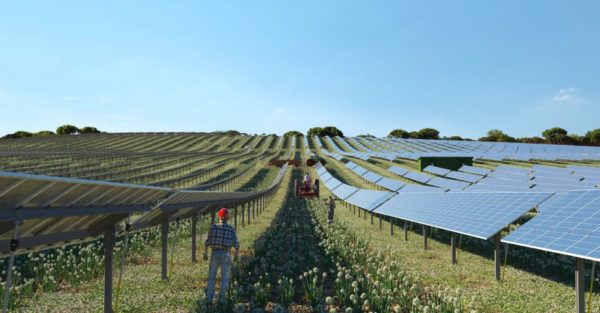
The group of entrepreneurs is now partnering with Green Lighthouse Development (GLHD) on solar projects. The company wants to use monofacial panels installed on trackers at a height of 1.2 m from the ground, with the module rows having a 9 m distance to allow the passage of the harvester cutter bars under the panels.“In May, we experienced an episode of high heat and drought,” Lamothe said. “Under the panels, which retained the evapotranspiration of the plants, we found that the plants were greener and better developed than between the rows. So we think the return will be higher than what we originally estimated.”Only 700 hectares of the 1,400 hectares in the area will be equipped with solar panels. “Our ambition is indeed to maintain agricultural activity on our land, despite the decrease in water quality. This requires several sources of income.” Harvesting machinery and production packaging equipment will also be pooled.
The objective is also to create value for the whole territory through the taxes paid to the municipalities. At present, farmers hope to obtain authorizations in early 2023 for financing finalized in late 2023-early 2024 and commissioning in early 2025. “We will have to go to ‘zero-phyto’ on our crops,” Lamothe concluded.
This content is protected by copyright and may not be reused. If you want to cooperate with us and would like to reuse some of our content, please contact: editors@pv-magazine.com.

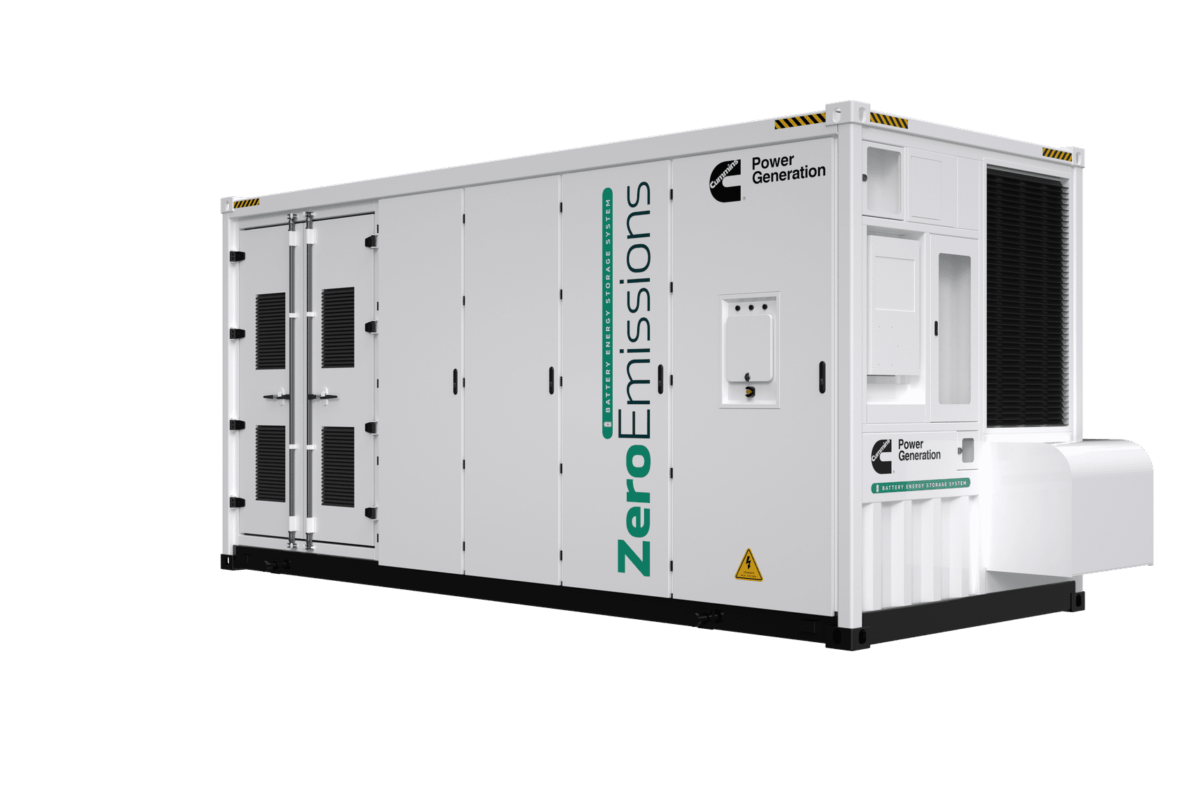



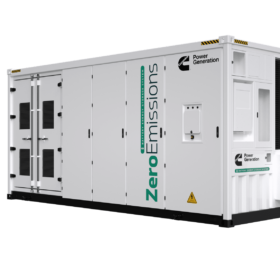
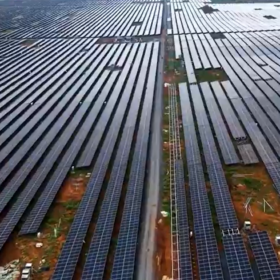
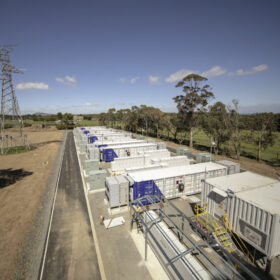

👍👍👍👍👍
What more is there to say…. The VISION OF A FUTURE ZERO POLLUTION EARTH IS RIGHT…. HERE….
WELL DONE… DUAL USE OF AGRICULTURAL LAND…. IS THE PERFECT SOLUTION FOR MANKIND…
Just Raise the Panels so Agricultural Equipment can operate right next/up to the AgriVoltaics PV Panel Columns.. at minimal expense and “loss of land”… too..